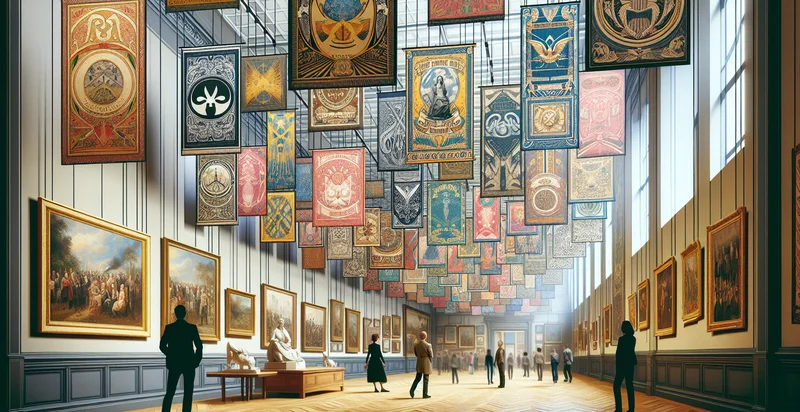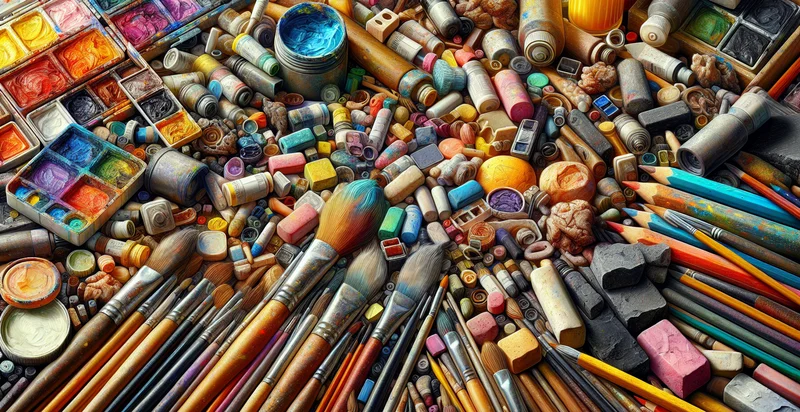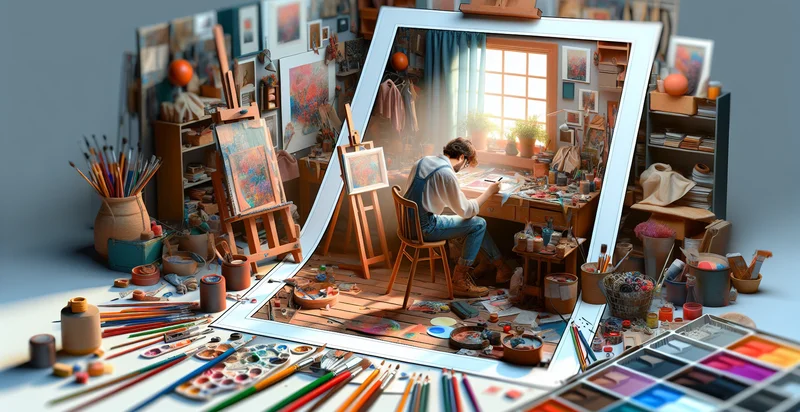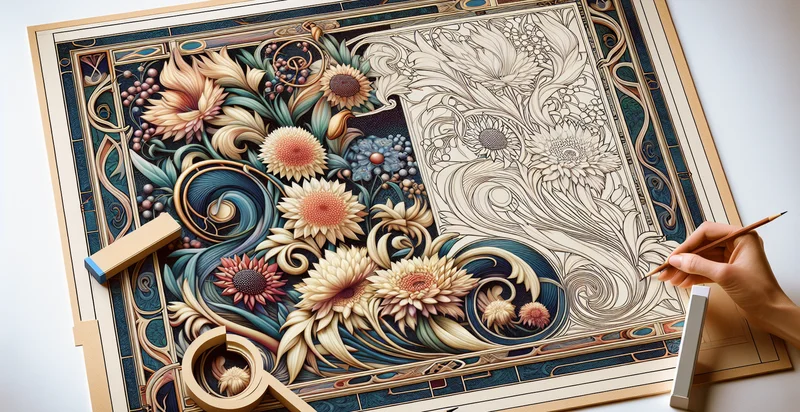Identify art gallery flags
using AI
Below is a free classifier to identify art gallery flags. Just upload your image, and our AI will predict what type of flag it is - in just seconds.

Contact us for API access
Or, use Nyckel to build highly-accurate custom classifiers in just minutes. No PhD required.
Get started
import nyckel
credentials = nyckel.Credentials("YOUR_CLIENT_ID", "YOUR_CLIENT_SECRET")
nyckel.invoke("art-gallery-flags-identifier", "your_image_url", credentials)
fetch('https://www.nyckel.com/v1/functions/art-gallery-flags-identifier/invoke', {
method: 'POST',
headers: {
'Authorization': 'Bearer ' + 'YOUR_BEARER_TOKEN',
'Content-Type': 'application/json',
},
body: JSON.stringify(
{"data": "your_image_url"}
)
})
.then(response => response.json())
.then(data => console.log(data));
curl -X POST \
-H "Content-Type: application/json" \
-H "Authorization: Bearer YOUR_BEARER_TOKEN" \
-d '{"data": "your_image_url"}' \
https://www.nyckel.com/v1/functions/art-gallery-flags-identifier/invoke
How this classifier works
To start, upload your image. Our AI tool will then predict what type of flag it is.
This pretrained image model uses a Nyckel-created dataset and has 25 labels, including Art Institute Of Chicago, Barbican Art Gallery, Dallas Museum Of Art, Fondation Beyeler, Frick Collection, Guggenheim, Hermitage, Kosan Gallery, Louvre and Metropolitan Museum.
We'll also show a confidence score (the higher the number, the more confident the AI model is around what type of flag it is).
Whether you're just curious or building art gallery flags detection into your application, we hope our classifier proves helpful.
Related Classifiers
Need to identify art gallery flags at scale?
Get API or Zapier access to this classifier for free. It's perfect for:
- Museum Asset Management: The 'art gallery flags' identifier can be employed by museums to classify and manage their art collections. By identifying potential false representations of artworks, curators can ensure only authentic pieces are displayed and enhance the educational experience for visitors.
- Online Art Marketplace Verification: Online art marketplaces can integrate this function to flag false images of artwork listings. This would help protect buyers from scams and misrepresentation, thereby increasing trust and credibility within the platform.
- Art Insurance Evaluation: Insurance companies specializing in art can utilize this classification tool during the evaluation of claims. By identifying fraudulent images, insurers can prevent payouts on false claims, ultimately reducing losses and maintaining premium rates.
- Art Authentication Services: Authentication experts can use the 'art gallery flags' identifier to assist in verifying the authenticity of artworks. This tool can help pinpoint inconsistencies in images that suggest forgery or alteration, streamlining the authentication process.
- Art Auction House Integrity: Auction houses can implement this function to ensure that all artworks up for bidding are accurately represented. By catching false images before auctions, they maintain high standards of integrity and confidence among buyers and sellers.
- Educational Institutions: Art schools and educational institutions can incorporate this tool into their curriculum to teach students about identifying authentic art pieces. This hands-on approach enhances critical thinking skills regarding art verification and fosters a deeper appreciation for authenticity.
- Digital Art Platforms: Platforms hosting digital art can leverage this identifier to spot and flag misrepresented art pieces. This will protect artists' rights and uphold the integrity of digital galleries by ensuring users are exposed to legitimate representations of their work.


